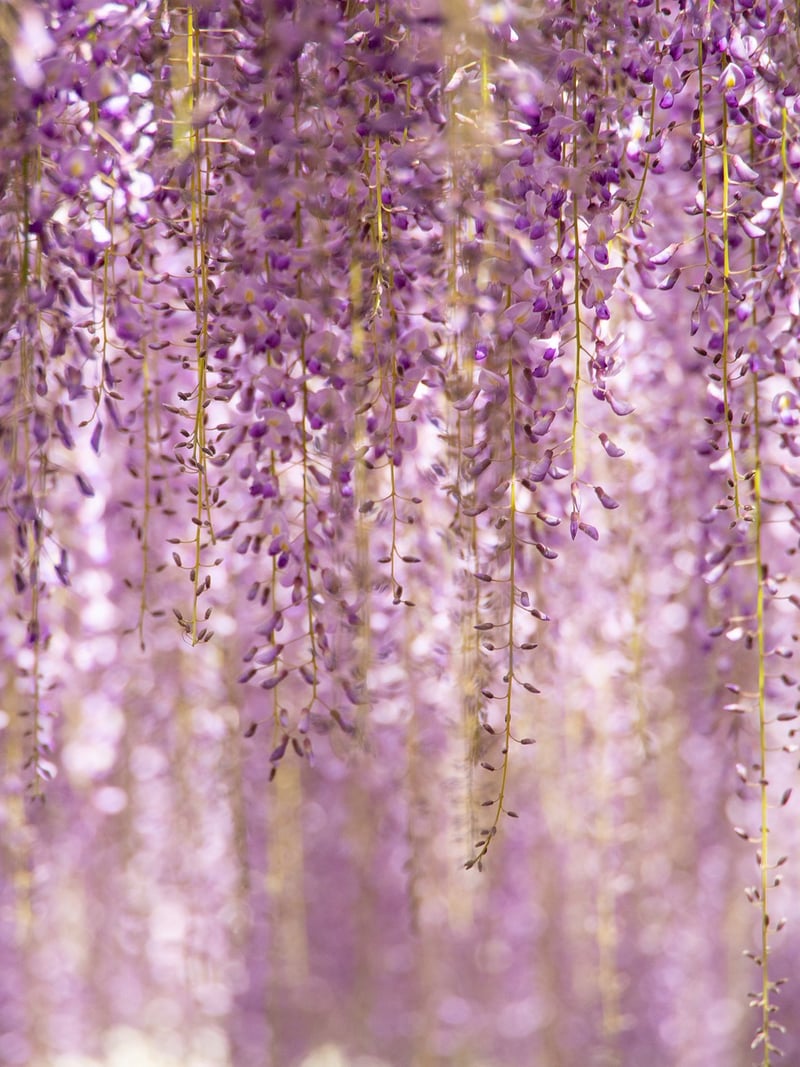Texture Variations
Aesthetics in Vertical Gardening: Exploring Texture Variations
Vertical gardening is a creative and space-efficient way to bring greenery into urban environments, both indoors and outdoors. In addition to the practical benefits of vertical gardens, such as maximizing space and improving air quality, aesthetics play a crucial role in creating visually appealing green walls. One key aspect that can significantly enhance the beauty of a vertical garden is texture variation.
Why Texture Matters
Texture variation is essential in vertical gardening as it adds depth, visual interest, and a sense of dynamism to the overall design. By incorporating plants with different textures, such as smooth, rough, glossy, or fuzzy leaves, you can create a diverse and captivating display that engages the senses.
Exploring Texture Variations
When planning your vertical garden, consider incorporating plants with contrasting textures to create a visually stimulating arrangement. Here are some texture variations to experiment with:
- Smooth: Plants with smooth, shiny leaves, such as pothos or philodendron, offer a sleek and modern look.
- Fuzzy: Plants like lamb's ear or African violet have soft, velvety leaves that add a touch of coziness and warmth.
- Rough: Succulents and cacti with textured, spiky foliage provide a unique and sculptural element to the garden.
- Glossy: Plants such as bird of paradise or rubber plant feature glossy leaves that reflect light and create a luxurious feel.
Visual Inspiration
Below are some stunning examples of texture variations in vertical gardens:

Image source: Pixabay
Conclusion
Texture variations play a vital role in enhancing the aesthetics of vertical gardens. By carefully selecting plants with different textures, you can create a visually appealing and dynamic green wall that transforms any space into a lush oasis.
